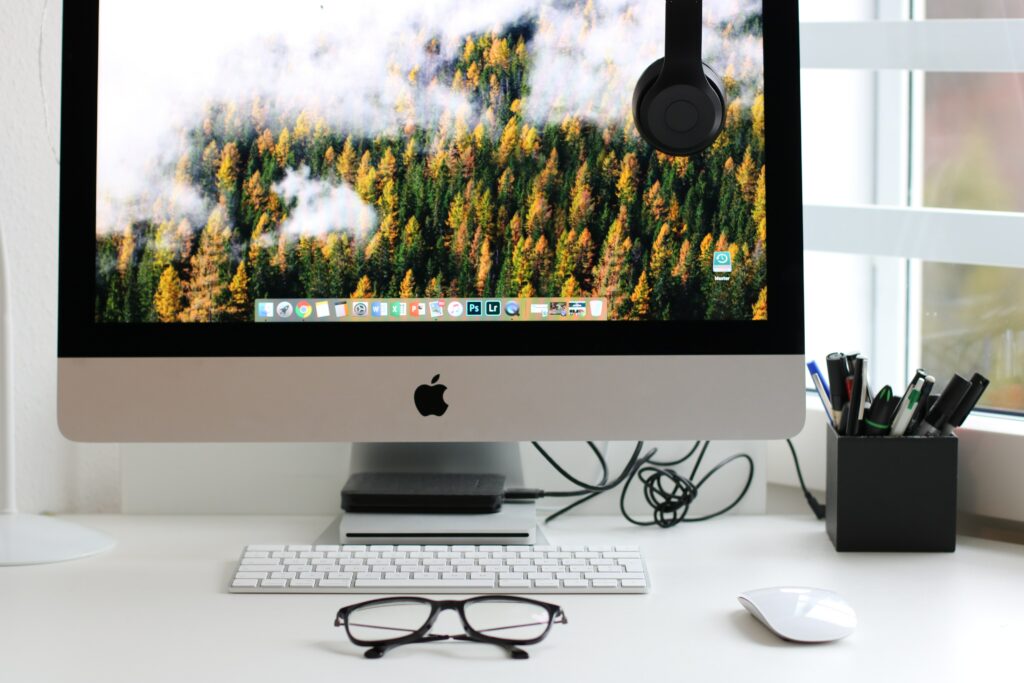According to the study, nearly 80% of germs are spread by our hands. On average, a person’s hands can carry hundreds of bacteria and viruses, some of which are harmful. Therefore, it’s important to regularly wash our hands and frequently sanitise the potentially dirtiest surfaces or objects in the office.
8 Dirtiest Office Objects
Several objects in an office can harbour high levels of bacteria and germs. Here are some of the dirtiest places in an office:
Keyboard and mouse
The latest available data shows that the average person spends 6 hours 58 minutes per day on their internet devices. For that reason, we should clean them more often than ever before.

Breakroom sink handles and faucets
Breakroom sink faucets are a culprit for office infections as people frequently use them and often before their meals.
Office phones
Office phones also harbour lots of germs especially when they are shared.
Coffee pot handles and dispenser buttons
Everyone enjoys a fresh cup of coffee in the morning. Luckily it’s easy to make it safe by cleaning and wiping up coffee pot handles and dispenser buttons.

Water dispenser buttons and handles
Like coffee pots, water dispensers can be a source of germs and bacteria in the office.
Elevator buttons
Elevator buttons can easily be the quickest in spreading bacteria as people touch them coming in from outside.
Kitchen sponges and dish towels
Kitchen sponges and dish towels should be replaced every week as according to a recent study the bacteria grow resistant to cleaning.
Bathroom door handles and faucets
Bathrooms are a common source of germs and bacteria, and the door handles and faucets are high-touch areas.
Generally, regular cleaning and disinfecting of frequently touched surfaces in an office are important to prevent the spread of germs and bacteria. However, how often should we do it?
How Often We Should Clean Our Office
The frequency of cleaning an office depends on several factors such as the size of the office, the number of employees, the type of activities carried out in the office, and the level of cleanliness desired. We’ve prepared some general guidelines:
Daily cleaning
This includes tasks such as vacuuming, mopping, wiping down surfaces, and taking out the rubbish.
Weekly cleaning
In addition to the daily cleaning tasks, weekly cleaning should include deep cleaning tasks such as scrubbing the bathrooms and kitchen, dusting surfaces and furniture, and washing windows.
Monthly cleaning
Monthly we can clean the air conditioning and ventilation systems, do some carpet deep cleaning and organise storage areas.
Seasonal cleaning
This should include tasks such as cleaning blinds and window coverings, moving furniture to vacuum and clean underneath, and washing walls and baseboards.
Overall, it’s important to develop a cleaning schedule and stick to it to ensure that the office remains clean and well-maintained. It’s also recommended to have a professional cleaning service perform a deep cleaning at least once or twice a year.